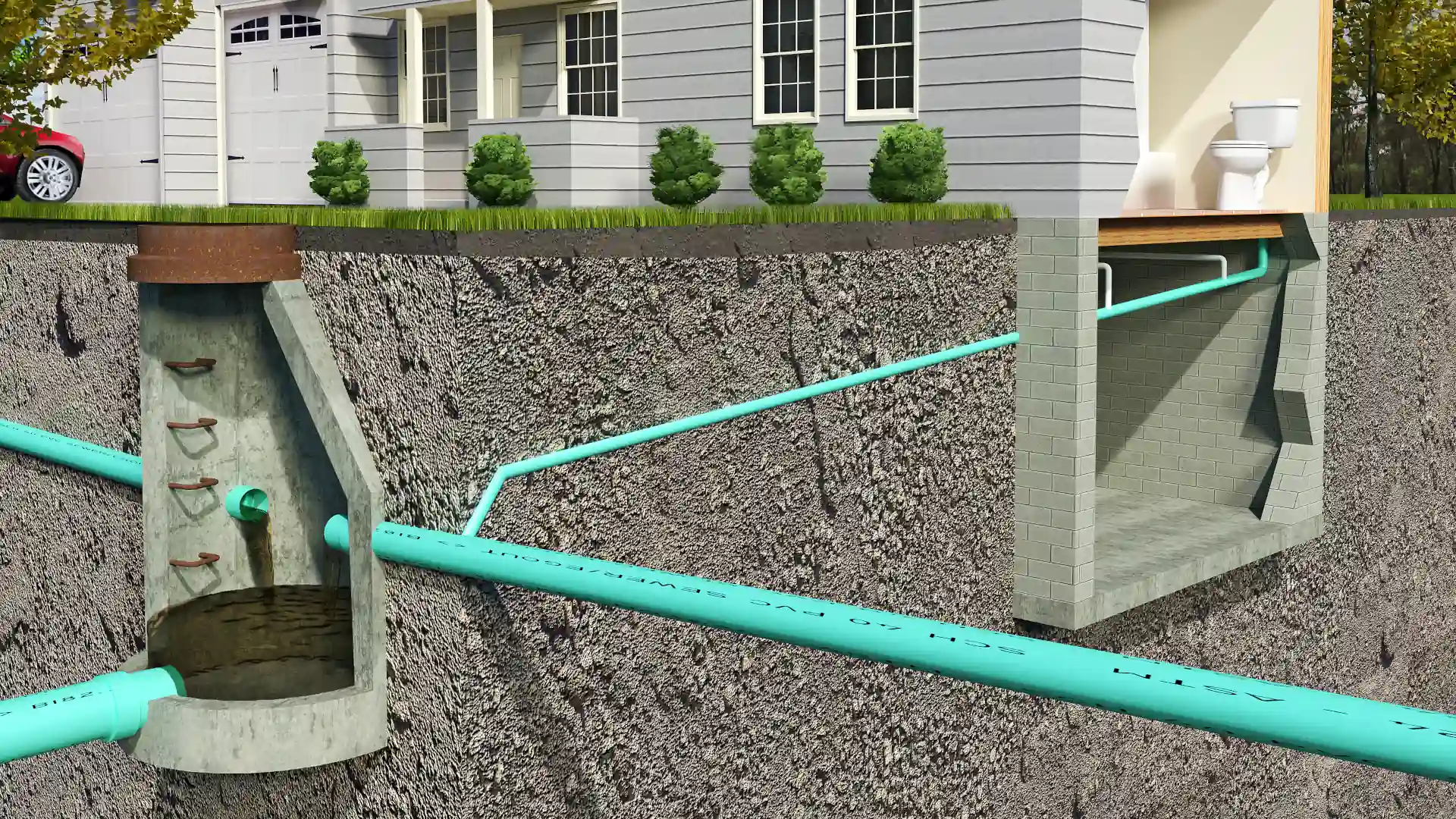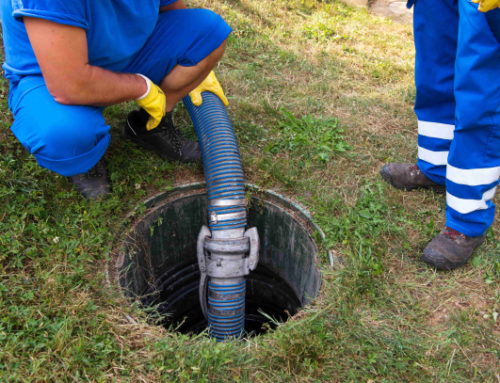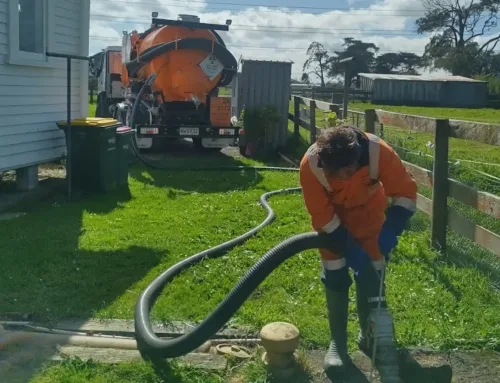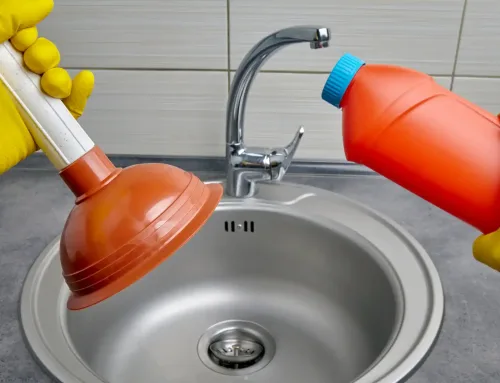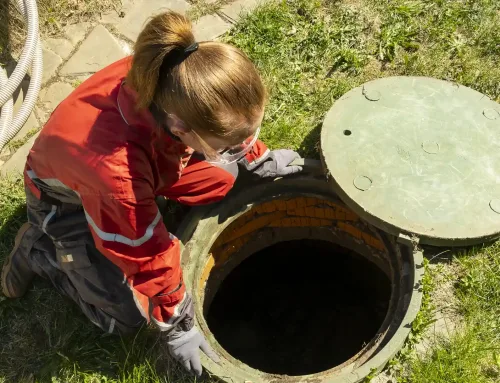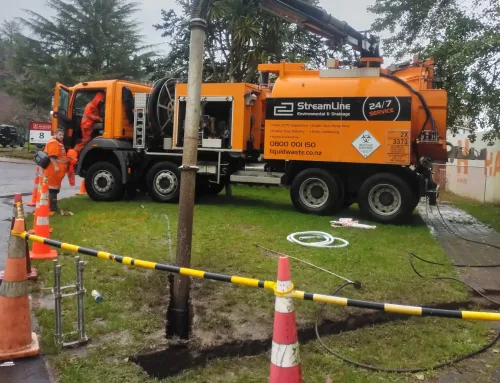Understanding Your Home’s Drainage System Design
While you enjoy your beautiful home, one unsung hero quietly works to keep it safe and sound: the drainage system. Understanding your home’s drainage design is crucial for maintaining a healthy living space.
As your drain cleaner experts, we’ll delve into the significance of your home’s drainage system design, exploring its role in warding off water damage, maintaining sanitation standards, and aligning with local regulations. So, grab a cuppa, cosy up, and let’s unravel the secrets beneath your home’s surface!
How Home Drainage Systems Work
A home drainage system operates seamlessly to manage wastewater and rainwater.
The sewerage system, comprised of sewer pipes and potentially a septic tank (typically for rural properties), efficiently carries wastewater from toilets and other fixtures for proper disposal. Simultaneously, stormwater drainage, facilitated by gutters, downspouts, and underground pipes, channels rainwater away from the property, preventing flooding. Soil and waste pipes handle non-sewage waste, directing it to the sewer or septic tank.
Together, these components create a harmonious symphony of water management, safeguarding your home from damage and maintaining sanitation standards.
Sewerage System
A well-designed and properly maintained residential sewerage system is critical for safeguarding public health, protecting the environment, and promoting sustainable and liveable communities. It ensures that wastewater is managed responsibly and does not pose risks to human health or the surrounding ecosystems.
Sewer Pipes
Sewer pipes are integral to our households, facilitating the efficient disposal of wastewater and preventing environmental contamination. These pipes are connected to residential drainage systems and transport sewage from homes to treatment facilities, ensuring proper sanitation. Well-designed sewer pipes mitigate health risks by containing and directing human waste away from living spaces.
In New Zealand, where environmental consciousness is high, these systems adhere to strict regulations, minimising the impact on water sources and ecosystems.
Septic Tanks
Septic tanks are crucial to New Zealand’s rural households, providing decentralised wastewater treatment. As on-site sewage treatment units, they efficiently process and purify household wastewater.
Septic tanks separate solids from liquids, allowing organic matter to decompose naturally. This process reduces the environmental impact of sewage and protects groundwater quality. Septic tanks offer a cost-effective and environmentally responsible solution in rural or remote areas where centralised sewer systems are impractical. Proper maintenance is essential for optimal functionality, ensuring the safe disposal of effluent.
In New Zealand, where diverse housing landscapes exist, septic tanks contribute to sustainable wastewater management in various residential settings.
Stormwater Drainage
Stormwater drainage systems are designed to manage rainwater runoff, safeguarding homes and infrastructure from water damage during heavy rainfall. They also protect water quality by channelling runoff away from contaminants. In a country prone to variable weather patterns, efficient stormwater drainage is essential for maintaining the structural integrity of homes, preventing soil erosion, and mitigating the risks associated with flash floods.Top of Form
Gutters & Downspouts
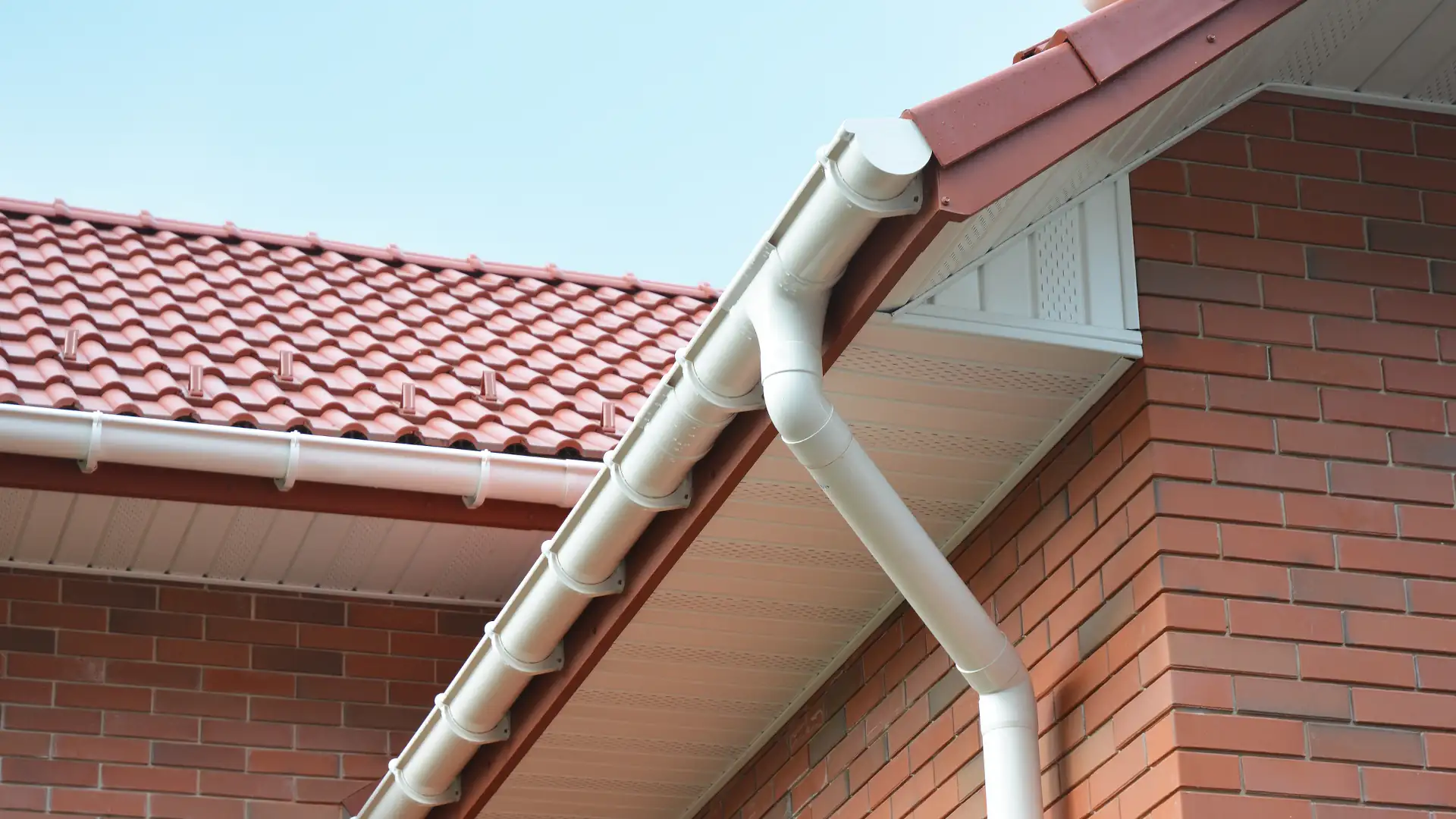
Gutters and downspouts are essential components of drainage systems, efficiently managing rainwater. Installed along roof edges, gutters collect rain runoff, preventing water from cascading directly onto the ground. Downspouts then guide this collected water away from the foundation, minimising soil erosion and potential flooding.
Properly functioning gutters protect homes from water damage, including foundation issues and basement flooding. In a country prone to heavy rainfall and diverse weather patterns, well-maintained gutter systems contribute significantly to preserving the structural integrity of homes and enhancing overall property resilience against weather-related challenges.
Stormwater Pipes
Stormwater pipes manage rainwater flow effectively. These underground pipes transport stormwater away from residential areas, preventing flooding and erosion. They play a crucial role in maintaining the structural integrity of properties by reducing the risk of water-related damage during heavy rainfall. Stormwater pipes also protect water quality by preventing contaminants from entering natural water sources.
With New Zealand’s diverse weather patterns, these pipes contribute to the overall resilience of homes against weather-related challenges, ensuring proper drainage and minimising the impact of storms on our homes.
Soil and Waste Pipes
Soil and waste pipes remove sewage and waste. These pipes connect plumbing fixtures to the sewer or septic system, ensuring the proper disposal of human waste and greywater. Functioning soil and waste pipes prevent blockages, odours, and potential health hazards.
Soil Pipes
Soil pipes move wastewater and sewage from toilets to the sewer or septic tank. Comprising durable materials like PVC or cast iron, these pipes ensure the efficient and hygienic disposal of human waste. Their vertical design allows gravity to assist in the smooth flow of wastewater.
Properly installed and maintained soil pipes prevent blockages, odours, and health hazards, contributing significantly to the overall functionality and hygiene of a residential plumbing system. New Zealand’s environmental standards are high; soil pipes are pivotal in promoting safe and sustainable waste management practices.
Waste Pipes
Waste pipes transport various non-sewage wastewater from sinks, showers, and appliances to the sewer or septic tank. Constructed from materials like PVC, they facilitate the safe disposal of greywater, preventing it from accumulating in living spaces.
Efficient waste pipes prevent water damage and mould growth, ensuring a sanitary living environment. By swiftly directing wastewater away from your home, they contribute to maintaining the integrity of your plumbing system.
Key Features & Functions
Ventilation
Vents ensure the proper functioning of the plumbing system by allowing air to enter the system and preventing the buildup of pressure, siphoning, and the escape of foul odours.
The vents, typically vertical pipes, allow air into the plumbing system, maintaining pressure balance. They prevent vacuum formation, enabling smooth wastewater flow and preventing odours.
Gully Traps
A gully trap is a ground-level fixture with a water-sealed chamber, preventing foul odours and debris from entering. Required in outdoor areas, it collects surface water runoff and wastewater. The water seal is a barrier, and periodic maintenance ensures its effectiveness. Gully traps are key to maintaining hygiene, preventing sewer gas intrusion, managing outdoor drainage effectively, and complying with local building codes.
Inspection Chambers & Manholes
Inspection chambers and manholes are access points in the sewerage system. Chambers provide access for inspecting and maintaining sewer pipes, while manholes serve as larger access points, facilitating more extensive maintenance tasks, such as cleaning and repairs.
Backflow Prevention Devices
These devices include check valves, air gaps, and backflow preventer assemblies. Check valves only allow flow in one direction, while air gaps create physical separations. Backflow preventer assemblies use mechanical devices to prevent water reversal.
Backflow prevention devices safeguard potable water supplies from contamination. They prevent the reverse flow of water, which could carry contaminants into the drinking water system.
Anything Out of the Ordinary? Call the Professionals
A comprehensive understanding of stormwater drainage, soil and waste pipes, and sewerage systems is essential for maintaining a safe, healthy, and sustainable living space. Understanding how your house’s drainage system works makes it easier to identify when things aren’t quite right.
If an issue arises, don’t hesitate to contact us; we are a quality service provider to the sewer industry, specialising in hydro excavation, drain CCTV, drain unblocking, and septic tank services. Contact the drainage experts at Streamline today.
